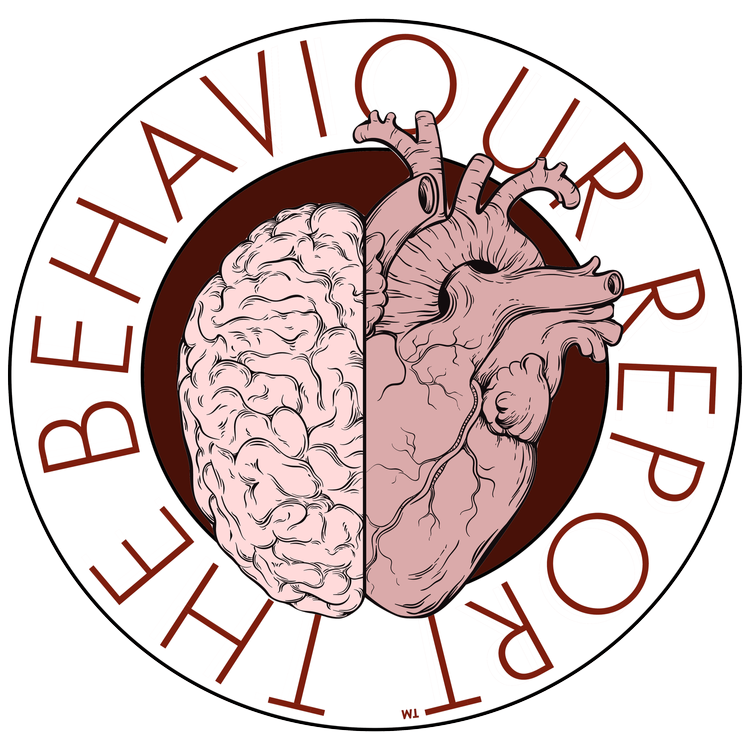by Kieran Flanagan @ThinkKieranF @TheBehaviourRpt #Communication #Brand #PresentationSkills #PersonalBrand #Leadership
A friend of mine is a screenwriter in Hollywood, but before moving to the land of swimming pools and movie stars, we had worked together in the Advertising industry.
One evening, overlooking Los Angeles by the pool at his home just beneath the Hollywood sign, we got to talking about the similarities between developing a character and dialogue for a screenplay and communication and branding.
I spend a great deal of my time helping people all around the world develop their personal brands and communication and presentation skills, and it turns out, there is a lot of overlap with how a block buster movie is created.
Character and communication
People often struggle with communication - both 1:1 and 1:Many. In fact, Jerry Seinfeld once quipped that at a funeral, “most people would rather be in the casket than delivering the eulogy.”
One of the reasons people find communication so difficult is that we are so focussed on “what” we say that we pay no attention to being clear about “who” we are being. Cancel culture has only amplified this behaviour.
However, if I were to ask you to deliver a line that you might expect from a well known character from fiction - be it Darth Vader, Alice’s Mad Hatter or Disney’s Cruella de Vil, I’m sure most of you could deliver a line or two that would at least approach the essence of the character. But if I asked you to deliver a two minute message to your team on a critical issue, you might struggle.
The reason for this struggle is that “your character” is poorly defined. It sounds odd, but you just don’t know enough about yourself to communicate or “play” your character as effectively as a character from fiction!
Character and brand
This is equally true when communication shifts to 1:Market or 1:Community. In fact, brands and personal brands that have poorly defined characters struggle to stand out and be heard. They also suffer from the pursuit of fads and association with popular causes rather than building deep relationships and genuine connections.
In fact, a strong brand character should actually cost you customers - and people! However, it will also create a deeper sense of loyalty in the people that you truly want.
What’s more, it makes creating brand content and communication so much easier - you start to hear your brand’s voice in your head, and your brand character serves to guide your decisions and shape your culture.
You-nique share-ability
Using character to inform and drive the three functions of 1:1:Many:Market, allows you to build an easily referable and recommended reputation as well. Human beings are attracted to clarity and congruence and we tend to advocate for people and brands rather than their associated products or services - which may not have any functional advantage.
I call this your “You-nique-ness.” Your character is a function of what makes you… you!. Not only does this make establishing your character simple (not necessarily easy), it also makes consistency of communication more fluid and less contrived.
Creating your character
In the film industry, they use character mapping or character breakdowns to establish a short-hand reference for who a character is as well as what they look like, how they speak and how they behave. I do the same when I’m working with leaders and aspiring leaders on their communication, presentation skills and personal brand.
Here’s a few things I borrowed from the world of screen writing to consider:
How does your character look? How do they dress? Is anything about them visually distinctive? How do they walk and carry themselves?
What is your character’s personality? Are you cheeky, funny, a hero, an outlaw or villain?
What are your character’s behavioural traits? What behaviours or mnemonics do you want your character to be noted for? This might be something you always do, such as always starting with a question for the room, or else a physical quirk, such as Columbo’s last minute thought as he leaves a room, “Oh, ah… one more thing sir…”
What is your character’s motivation? How does your WHY show up in your WHO, WHAT and HOW?
What is your character’s back story? In other words, how does what you have done and who you have been both explain the character you have and shape the way your character communicates and behaves.
Developing situational dialogue
Finally, when you come to writing brand content or thinking about your personal communication, instead of becoming lost in what you think you should say or do, rather, consider how your character would behave and communicate in the situation you find yourself in - Vader was clearly a villain who led by intimidation, but he still found a moment to be a dad (albeit a bad one) when the situation presented itself.
